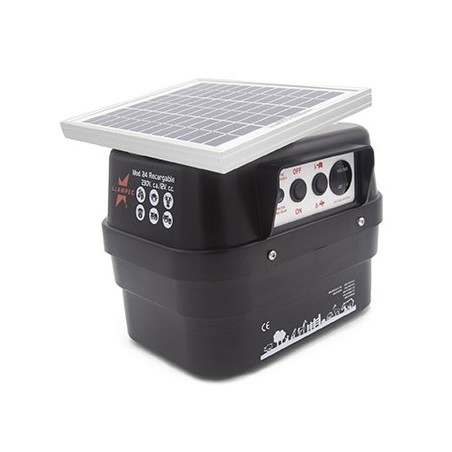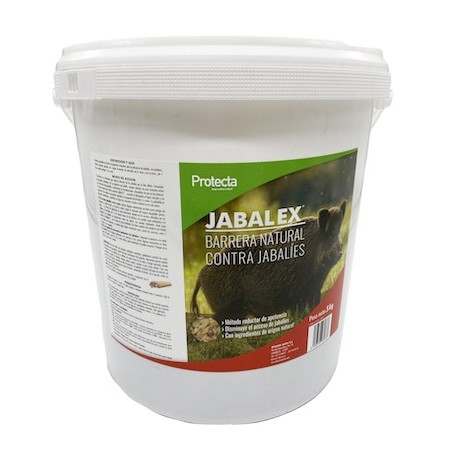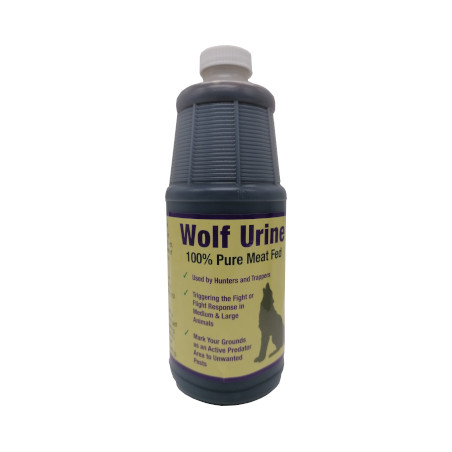In 2004, as a consequence of the detection of a TB focus in wild boar from a National Game Reserve (NGR) located in southern Catalonia (Spain), a surveillance programme based on post-mortem inspection for detection of macroscopic TB-like lesions (TBLL) was initiated in the affected area. The source of infection for wild boar was linked to a tuberculous cattle herd located in the same area. Besides, the results of the surveillance programme in wild boar were used for the validation of an indirect enzyme-linked immunosorbent assay (ELISA) specific for Mycobacterium tuberculosis complex (MTBC) IgG antibodies. Using this ELISA, a seven-year serological study of MTBC in wild boar from the NGR was conducted in 173 animals (93 adults, 44 juveniles–yearlings and 36 piglets) culled between 2004 and 2010.
ELISA results and presence of TBLL showed excellent agreement for adult and juvenile wild boar (Kappa index = 0.85; 95% CI: 0.76–0.95). Of the thirty-eight adults, yearlings and juveniles classified as positives by the ELISA, 34 (89%) showed TBLL at necropsy. In contrast, none of the ELISA-positive wild boar piglets (n = 20) showed TBLL, suggesting the detection of early antibody responses to the infection.

The results of the study showed a high incidence of tuberculosis in wild boars, as more than one third of the sampled animals were positive (a total of 58). Most of these cases were confirmed postmortem by the presence of tuberculous lesions in different organs. Thus, the researchers observed a decrease in the positivity of the wild boar after the sanitary depopulation of the bull farm with which they were in contact.
This study highlights the interest of the development of methods for the control and monitoring of tuberculosis in wild animals and contributes to the knowledge of the interactions and the transmission of diseases between these and domestic animals.
Pérez de Val B, Napp S, Velarde R, Lavín S, Cervera Z, Singh M, Allepuz A, Mentaberre G. Serological Follow-up of Tuberculosis in a Wild Boar Population in Contact with Infected Cattle. Transbound Emerg Dis. 2017 Feb;64(1):275-283. doi: 10.1111/tbed.12368.









